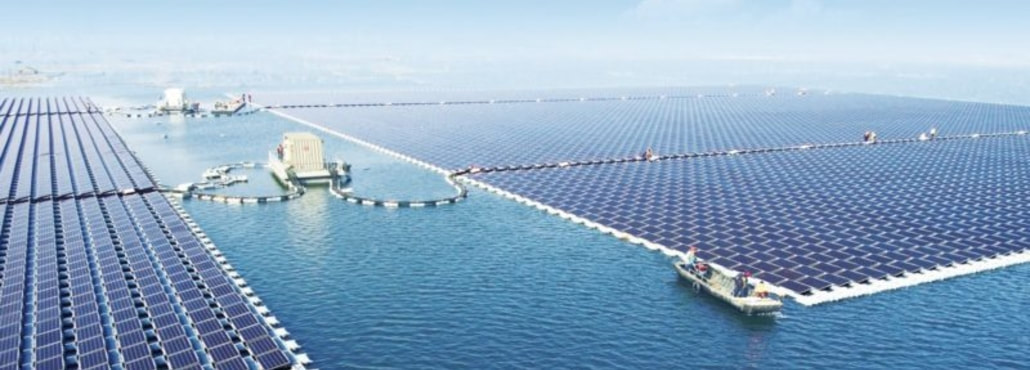|
80-90 GW new solar capacity will be added within 5-6 years. Solar panel costs to fall by 60% in next 10 years.
SINGAPORE, Oct 23 (Reuters) - Solar power costs will fall by another 60 percent over the next decade giving an already booming market another boost, the head of the International Renewable Energy Agency (Irena) said on Monday. Solar power is in the midst of boom because of sharp drops in costs and efficiency improvements, pushing global capacity from virtually zero at the start of the century to 300 gigawatt (GW) by the end of 2016, a figure expected to rise again by 2020. Irena expects 80 to 90 GW of new solar capacity, enough to power more than 8 billion LED light bulbs, to be added globally each year over the next 5 to 6 years, Adnan Amin, the director general of Irena told Reuters, exceeding a forecast of 73 GW from the International Energy Agency (IEA). “This could easily accelerate as costs decline in the future,” said Amin. “China alone can do 50 GW a year.” “In the next decade, the cost of (utility scale) solar could fall by 60 percent or more,” he said in Singapore on Monday. That growth will mark China as the world’s biggest and fastest growing solar market as Beijing relies on renewable power to cut air pollution from coal-fired power plants. While Amin said that India would also see sharp solar growth in coming years, he expected Southeast Asia to be more mixed. “There is a target of 23 percent (power generation) in ASEAN for renewables by 2025. We think it’s ambitious but it’s achievable,” he said. The solar power share of the Association of Southeast Asian Nations’ (ASEAN) 10 members is currently negligible. Amin said improvements in solar technology were especially expected from thin films, which can be applied on windows. While this is already possible, it remains prohibitively expensive. Irena also expects the cost of batteries, key to back up a technology that relies on daytime, to fall by 60 percent to 70 percent in the next decade. Despite its boom, Amin said potential U.S. trade barriers would only make solar energy more costly for the world’s largest oil consumer. U.S. President Donald Trump is expected to announce by early next year whether to take measures to limit imports after the U.S. International Trade Commission found in September that domestic panel makers had been harmed by cheap imports. “It’s not always the best strategy to try to protect your industry and have high prices. Because in the long-term what you want to do is drive down the cost of energy,” Amin said.
0 Comments
Leave a Reply. |
James Ramos,BPII'm your go to solar energy expert here to guide you step-by-step through all of your solar options. Categories |
James The Solar Energy Expert

 RSS Feed
RSS Feed
